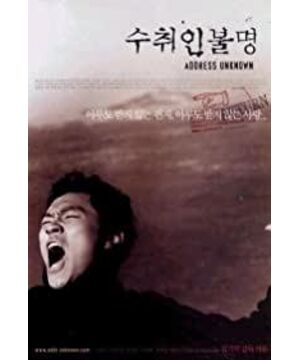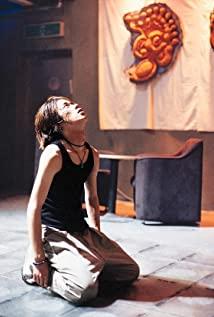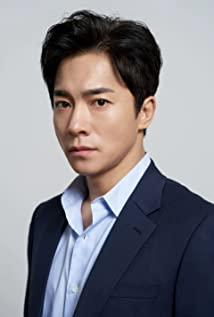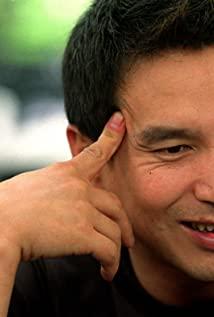Jin Dao, who has entered the 21st century, seems to have suddenly become enlightened, and the handling of characterization, dramatic conflict, narrative rhythm, audio-visual language and other aspects have all improved in all aspects. One of the most visible advances in visual language is the use of vistas (the culmination of negative values in a scene with vistas). The structure of the film chooses a multi-plot narrative with an ironic ending: the protagonists of the four plot lines all gain and lose something at the same time, and the negative value lost is far greater than the positive value gained. Shang Wu got rid of his stepfather's tyranny and gained freedom and reconciled with his mother, but he lost his life; Shang Wu's mother finally waited for her husband's letter, but she lost her life; Eun Wu used a bow and arrow to be ashamed, but he lost his freedom ; After the girl regained her beauty and light, she saw more darkness. In the end, she was separated from Eun Wu by an iron fence, Gu Luan looked in the mirror, and Hua Nou Yang. Such a narrative method naturally requires a lot of skill, because multiple plots do not have a main plot spine that structurally unifies the telling process. On the contrary, "a series of plot lines are either interlaced or connected by a central thing. "If you don't handle it well, the rhythm can easily be scattered, but the film's control of the rhythm is slow and just right, and it perfectly exerts the two biggest advantages of multi-plot narrative: it outlines the image frame of a particular society, Weave each story tightly around an idea, so the characters come alive; capture the essence of culture and community, and provide enough narrative momentum to capture the audience's interest. "The chasm that splits between expectations and outcomes expresses the author's thinking and way of seeing the world," Kim Ki-duk is a downright pessimist.
View more about Suchwiin bulmyeong reviews









